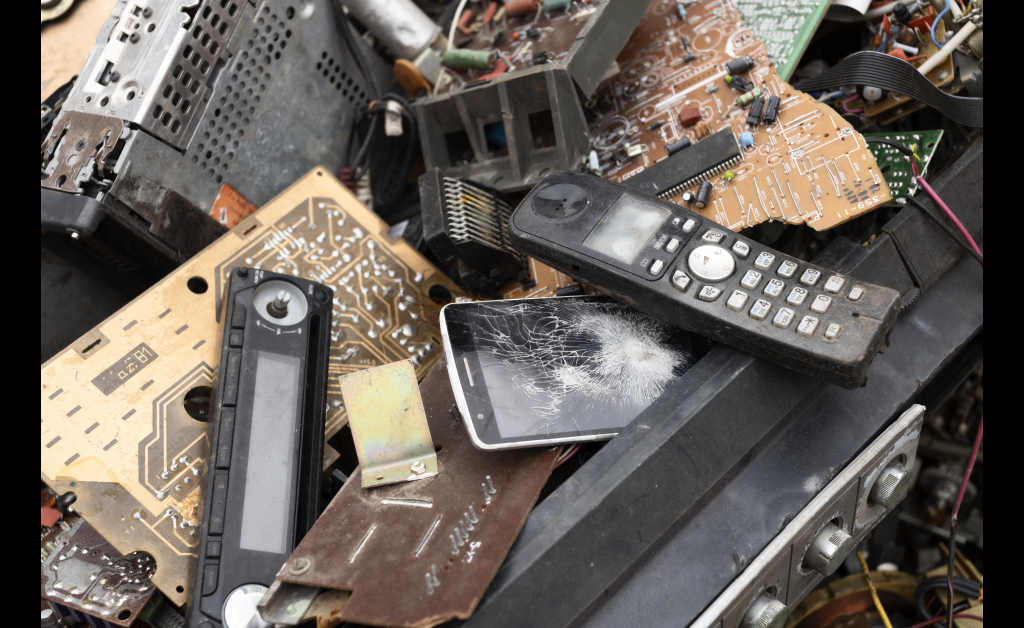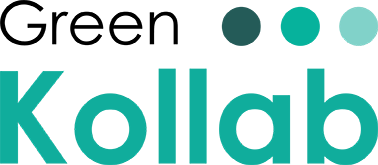Introduction
Electronic waste is also called e-waste; one of the fastest-growing waste in the entire world. The fast changing technologies and growing use of electronic products in the market has also led to the problem of disposing of the products to be a great issue in the economy and environment. In response to this growing issue, the Government of India introduced the E-Waste (Management) Rules, 2022, a progressive policy aimed at streamlining e waste management rules in India and moving towards a sustainable circular economy.
The new regulations attach more importance to recycling of e wastes management, responsible disposal and what is e waste recycling facilitated through an effectively designed system. With stricter compliance measures, extended producer responsibility (EPR), and improved collection targets, these rules signify a crucial shift in how E-waste disposal processes are handled in the country.
This paper explores the E-Waste Management Rules, 2022 by discussing why it is needed and what areas it will cover and the probable outcomes of the new regulations to the businesses, consumers, and recyclers. We shall as well discuss the benefits of recycling e waste, the value of well ordered e-waste disposing process and the contribution of recycling to sustainability towards the environment.

Understanding E-Waste and Its Impact
Before exploring the regulations, it is essential to understand what is e waste recycling and why proper management is crucial. E-waste comprises wastes in electrical and electronic items that include computers, mobile phones, refrigerators, televisions, and batteries. Such goods are produced using materials that are harmful to health such as lead, mercury, and cadmium that may be harmful to the environment when disposed of carelessly.
Dumping e-waste pollutes the air, water, and land, and it is bad for the health of those who recycle informally. The absence of any ordered waste collection and disposal facility in India has also contributed to this problem and this is the reason some level of regulation is needed.
Key Features of the E-Waste Management Rules 2022
The E-Waste (Management) Rules, 2022 bring several changes aimed at making the E-waste disposal process more effective and environmentally friendly. Some of the high points are given below:
1. Extended Producer Responsibility (EPR):
- Producers, manufacturers, and importers are responsible for collecting and recycling a specified percentage of their sold electronic products.
- Ensures accountability for waste generated by electronic goods manufacturers.
2. Formalization of Recycling Processes:
- Encourages authorized recyclers to follow standardized recycling e waste management practices.
- Reduces reliance on informal waste collectors, promoting safer waste treatment methods.
3. Strict Compliance Measures:
- Businesses and producers must adhere to mandatory reporting of their waste collection and disposal efforts.
- Failure to comply results in penalties, ensuring better adherence to e waste management rules in India.
4. Digital Tracking Mechanism:
- The introduction of an online tracking system to monitor waste generation and disposal.
- Enhances transparency and accountability in the E-waste disposal process.
5. Increased Recycling Targets:
- Mandates specific collection targets for companies based on the volume of electronic goods they produce.
- Encourages improved collection networks and investment in recycling e waste management.
Advantages of Recycling E-Waste
Recycling e waste management has numerous benefits to the environment, economy, and public health. Some of the environmental and economic benefits of recycling e waste include:
- Environmental Benefits:
- Prevents toxic chemicals from contaminating soil, air, and water.
- Reduces the carbon footprint by minimizing the need for new raw materials
- Economic Benefits:
- Creates job opportunities in the formal e-waste recycling sector.
- Saves valuable resources like gold, silver, and copper extracted from discarded electronics.
- Health and Safety Benefits:
- Protects workers from exposure to hazardous substances in informal e-waste recycling units.
- Reduces health risks associated with air and water pollution caused by improper disposal.
What is E-Waste Recycling, and Why Is It Important?
What is e waste recycling? It is the method of collecting, disassembling, and extracting valuable materials from old electronic equipment in a safe manner. Rather than piling e-waste into landfills, recycling enables the recovery of usable parts and minimizes raw material extraction needs.
E waste management should be recycled because:
- It prolongs the life of precious electronic components.
- It lessens the negative environmental effects of hazardous waste.
- It provides sustainable resource use, enhancing the circular economy.
The Role of Consumers in E-Waste Disposal
Consumers should also exercise caution to have a responsible E-waste disposal process. Go through the following steps individuals can follow:
- Donate or Sell Old Devices:
- If the device is still functional, consider donating or selling it instead of discarding it.
- Use Authorized E-Waste Collection Centers:
- Recycle old electronics at authorized collection facilities or manufacturer-sponsored take-back programs.
- Follow Proper Disposal Methods:
- Do not dispose of electronic equipment into regular trash cans.
- Select certified recycling centers to enable environmentally friendly disposal.
Future of E-Waste Management in India
The E-Waste Management Rules 2022 are a landmark step toward a sustainable world. Through the introduction of tough e-waste management rules in India, the government is looking to transition from a linear economy (produce-use-dispose) to a circular economy based on the principles of product longevity, reusability, and recyclability for electronic products.
Dependence of e-waste management in the future on:
- Increased consumer awareness and participation in recycling and waste management.
- Improving the organized recycling sector and cutting reliance on informal sector waste collectors.
- Fostering innovation in sustainable product design and waste processing technologies.
Conclusion
Through E-Waste (Management) Rules, 2022, India is making critical moves toward addressing the rising e-waste problem. The disposal of e waste has become more binding, enhanced with proper recycling of e waste, and better responsibility by the company manufacturing the electronic products. With the collaboration of consumers, businesses, and policymakers, India will drift towards a sustainable circular economy, where the least harm can be caused to the environment and the maximum saved to resources.
To be able to have a responsible attitude to the electronic waste, it is necessary to understand what is meant by e waste recycling as well as to realize the benefits of recycling the e waste material. With best practices and by endorsing government projects we can make India have a cleaner and greener world.
Frequently Asked Questions (FAQs)
The new rules focus on Extended Producer Responsibility (EPR), stricter compliance, digital tracking mechanisms, and increased recycling targets. Producers, importers, and manufacturers are now required to ensure proper collection, recycling, and disposal of e-waste.
EPR mandates that producers and manufacturers take responsibility for collecting and recycling a specified percentage of their sold products. This framework ensures accountability and encourages investment in efficient recycling infrastructure.
E-waste recycling involves collecting, dismantling, and processing electronic waste to extract valuable materials and safely dispose of hazardous substances. It minimizes environmental damage, reduces raw material dependency, and promotes sustainable resource utilization.
Improper disposal leads to soil and water contamination due to toxic chemicals such as lead, mercury, and cadmium. It also contributes to air pollution and poses serious health risks to workers in informal recycling sectors.
Reduces environmental pollution
Conserves valuable resources like gold, silver, and copper
Lowers carbon emissions
Creates job opportunities in the formal recycling sector
Enhances public health by reducing exposure to hazardous substances












